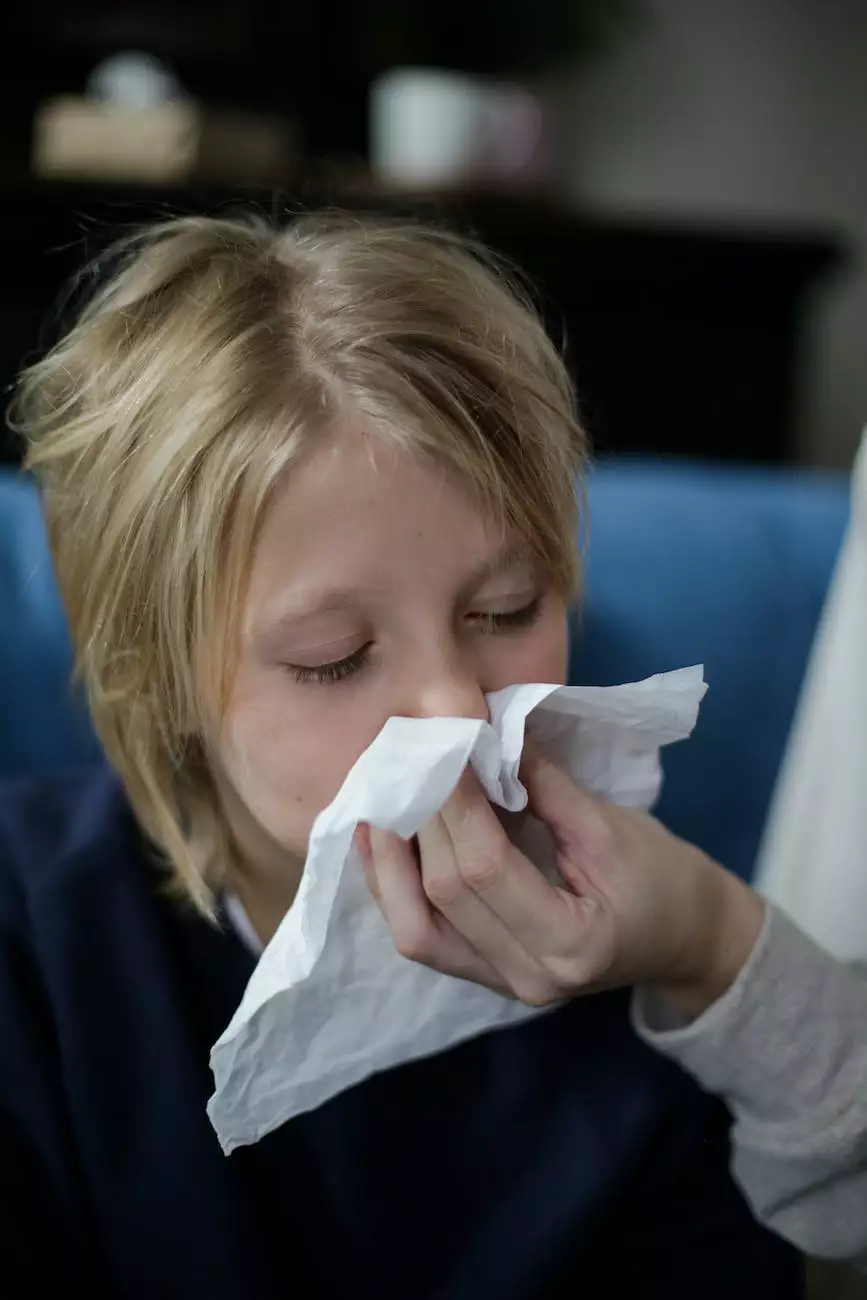Spotting the Difference Between Flu and COVID-19 in Kids
Health
Introduction
Welcome to Muir Diablo Occupational Medicine, your trusted source for reliable health information in various fields. In this article, we will discuss how to spot the difference between flu and COVID-19 in kids. It's essential to be able to distinguish between these two illnesses, especially considering the current global health crisis.
Understanding the Flu
Influenza, commonly known as the flu, is a viral infection caused by influenza viruses. It primarily affects the respiratory system and can cause mild to severe illness. The symptoms of the flu often include fever, cough, sore throat, runny or stuffy nose, body aches, headaches, and fatigue. It typically lasts for a few days to a week, with most children recovering without complications.
Recognizing COVID-19
On the other hand, COVID-19, caused by the novel coronavirus (SARS-CoV-2), has been identified as a global pandemic. COVID-19 shares some similarities with the flu, but it also has distinctive features. Common symptoms of COVID-19 in kids include fever, cough (usually dry), shortness of breath, fatigue, body aches, sore throat, and loss of taste or smell.
Key Differences Between Flu and COVID-19 in Kids
While flu and COVID-19 may present with similar symptoms, there are key differences that can help in distinguishing between the two:
1. Loss of Taste or Smell:
A notable symptom of COVID-19 is the loss of taste or smell, which is not commonly associated with the flu. If your child experiences a sudden loss or alteration in their sense of taste or smell, it may be a sign of COVID-19.
2. Shortness of Breath:
While both flu and COVID-19 can cause respiratory problems, shortness of breath is more common and severe in COVID-19 cases, especially among children. If your child experiences difficulty breathing or shows signs of struggling to catch their breath, seek medical attention promptly.
3. Vomiting and Diarrhea:
Although gastrointestinal symptoms are more frequently associated with the flu, some children with COVID-19 may experience vomiting and diarrhea. If your child exhibits these symptoms along with other flu-like symptoms, consult a healthcare professional for proper diagnosis and guidance.
Prevention and Precautions
It is crucial to take preventive measures to reduce the risk of both flu and COVID-19. Here are some general precautions:
- Encourage regular handwashing with soap and water for at least 20 seconds.
- Teach your child to cover their mouth and nose with a tissue or elbow when coughing or sneezing.
- Ensure your child receives a flu vaccine annually.
- Promote social distancing and avoid crowded places.
- Follow local health guidelines and stay informed about the latest updates.
Conclusion
In conclusion, recognizing the difference between flu and COVID-19 in kids is crucial for proper management and timely medical intervention. Remember to stay vigilant and consult a healthcare professional if you suspect your child may have either illness. At Muir Diablo Occupational Medicine, we prioritize your family's health and well-being.
For more information and expert advice on various health topics, explore our website and stay tuned for more insightful articles.




